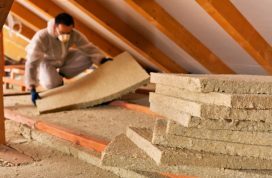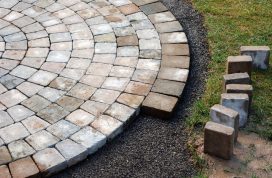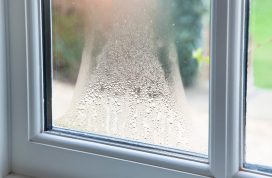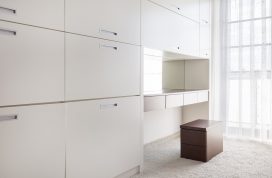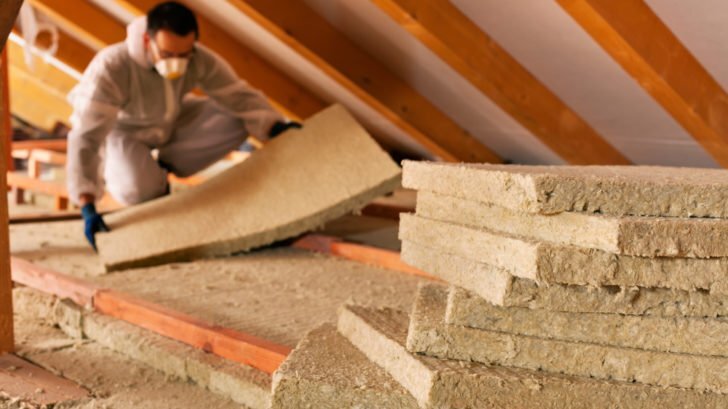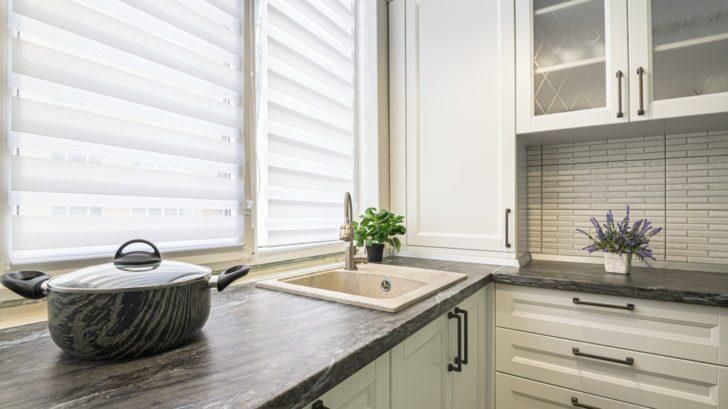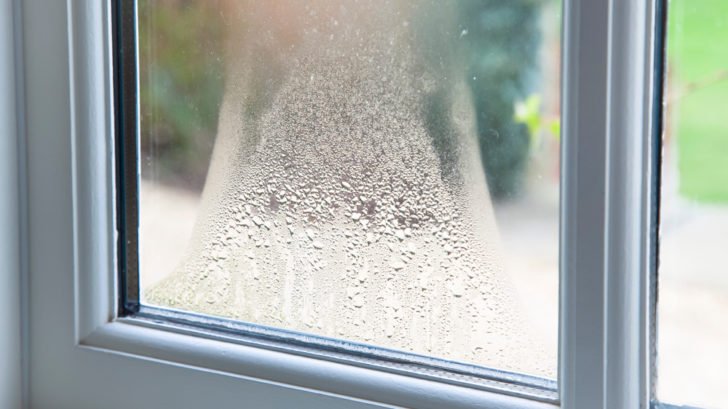In this comparison guide, we’ll be looking at wooden, aluminium, uPVC, and composite doors. We’ll give you a rundown on the pros and cons of these types of doors and compare their prices, maintenance, strength, aesthetics, and many more.
The front door of any home is important for the home’s initial appearance, appeal, and security. There are four common types of front doors in the UK, namely:
- Wood
- Aluminium
- uPVC
- Composite
Wooden doors
Wooden front doors are attractive compared to other doors because they appear more traditional for homes in the UK. When crafted well and fitted with glass and painted with different colours, wood doors, for instance, can be formed to any style and budget. Also, weather-treated wooden front doors can withstand the UK winter conditions. Additionally, woods are excellent heat insulators, which might significantly help lower your energy bills.
However, wooden front doors often require constant maintenance to keep the quality of the material. For instance, wooden front doors often need to be treated and painted fairly often. Without maintenance, the door’s surface will deteriorate and allow for premature rot to set in. Because wood has a natural tendency to warp, a homeowner must keep maintenance in mind when buying a wooden front door.
Aluminium doors
Aluminium doors are an excellent way to modernise a home’s appearance and are great at withstanding harsh weather conditions. Although aluminium has the same strength as steel, they are very light. This property allows aluminium front doors to have much larger glass areas without any loss of structural integrity. Also, aluminium front doors provide safety due to their structural strength, when compared with composite doors. They can be painted or powder-coated in almost any colour, like doors made of wood. In addition, aluminium doors come with a powder coating that gives an exceptional finish, that is resistant to peeling or cracking, even after years of exposure to extreme weather conditions. Aluminium doors are also excellent insulators.
Due to aluminium’s susceptibility to water staining, some aluminium front doors might not be ideal for the winter weather in the UK. Furthermore, since the cost of aluminium front doors depends on the price of aluminium on the open market, these types of doors are often one of the most expensive doors with fluctuating prices.
Aluminium Doors Vs. Wooden Doors
Although wooden front doors are usually quality varieties of doors with great finishes aluminium doors hold some advantage over the wooden types. As mentioned earlier, wooden doors require constant maintenance to remain in good condition; otherwise, warping and mites infestation may set in and destroy the door. On the other hand, aluminium doors, are not susceptible to damage due to moisture.
Over time, most wooden front doors begin to contract and expand with the prevailing weather conditions. This contraction and expansion of wooden doors can create gaps between the door and the frame, creating space for insects to enter the house as well as water leakages. Aluminium doors do not contract and expand with the weather, nor do they warp under any condition.
| Wood | Aluminium | Composite | uPVC |
|
|---|---|---|---|---|
| Strength | Strong | Very strong | Strong but not as strong as wood or aluminium | Weakest |
| Wear | Exposure to the elements can cause warping, expansion, and contraction, affecting shape and function. | Not prone to wear, change of shape, or warping | There’s the risk of warping, expanding, and contracting because of the uPVC outer frame | The elements quickly wear them out. Time can make it brittle and discoloured. Shape, opening and closing can be affected by warping. |
| Maintenance | Requires constants maintenance | Requires very low maintenance | Requires considerably low maintenance | Requires considerably low maintenance |
| Insulation & weather resistance | A considerably good insulator, but draughty if doors warp. | Provides excellent thermal efficiency with thermal breaks | Quality types are more energy-efficient than uPVC | Have significant low thermal efficiency |
| Aesthetic | They come in a variety of patterns. | They come in a wide variety of colours and styles | Available in woodgrain effect, but the colours and design options are limited | Often come in white |
| Price | Cost depends on quality, but comparable to aluminium | Expensive when compared to the cost of uPVC and composite | Cheaper than aluminium | Cheapest |
While wood is naturally an efficient insulator, draughts usually set in after several years of use because of warping. However, modern aluminium front doors are now efficient, giving them better insulation even more than many wooden doors.

uPVC Doors
Un-Plasticised Poly Vinyl Chloride (uPVC) doors are one of the commonly used front doors in the UK. With low maintenance and availability in multiple colours and design options, uPVC doors have many of the same advantages as composite doors. They’re just as good at insulating the home as composite doors, but they’re not quite as strong. The price of uPVC doors is also lower than that of composite doors, and this difference in prices slightly reflects in the quality. So for homeowners on a budget, uPVC is a good all-round choice.
uPVC doors are also effective insulators of sound as well as heat, and because of their primarily recyclable materials, uPVC is an excellent choice for environmentally conscious people who want products to last for a very long time.
Composite Doors
Composite doors comprise different materials such as uPVC, glass-reinforced plastic (GRP) wood, and insulating foam. The different parts of the doors are usually made from these materials to make the door more durable. While composite doors are generally of top-quality and valuable doors that add significant value to properties, they’re more expensive than other types of doors. However, they require little to zero maintenance after installation.
There is a selection of attractive colours and styles and there are zero painting requirements. There is also greater resistance to the weather in the UK than wooden doors. Choosing composite doors is the best option for home security because of the robust construction of the material and the intricate locking system contained within a composite door. Also, because of the combination of materials, very good home insulation is achieved, which is especially helpful during the winter season in the UK.
Pros of Composite Front Doors
- Low maintenance
- Since they are sometimes made from uPVC “flawed” doors, composite doors are usually strong
- Composite doors often have high thermal insulation
- Some composite front doors have woodgrain effects
Cons of Composite Front Doors
- Composite doors are not as strong as aluminium doors
- The flexible uPVC used in composite doors can lead to door rattling and shaking when the door is closed.
- The woodgrain effects in composite doors aren’t as good as those in aluminium woodgrain finish.
- The finish in composite doors are usually not as smooth as those in aluminium doors
- Composite doors have a limited number of styles, colours, and sizes.
- Contraction and expansion of the door could occur because the outer frame is made of uPVC.

uPVC Doors Vs. Composite Doors
Although uPVC doors are somewhat plastic, they are exceptionally useful and, as such, widely used in homes across the UK. While uPVC doors provide good functionality, composite doors present a higher level of standard, so they are a better choice. Composite doors are sturdy and robust by default because of their makeup. Composite doors provide an excellent physical barrier that serves as protection for what is inside the home.
Because it is one material, uPVC doors have stricter design limitations. Composite doors, conversely, have a more versatile and flexible design. Composite doors help keep your home warmer for longer, decreasing your heating expenses while also reducing your dependency on central heating. uPVC doors are usually only selected because they are an option that gives better value for money than standard wooden front doors.
Closely comparing Wood, uPVC, and Composite Doors
Below is a table that closely compares wooden, uPVC, and composite doors based on cost, maintenance, security, appearance, and efficiency:
| Wood | uPVC | Composite |
|
|---|---|---|---|
| Cost | High | Low | Medium |
| Maintenance | High | Low | Low |
| Security | High | Medium | High |
| Appearance | High | Low | Medium |
| Efficiency | Low | Medium | High |
In choosing a new front door for your home, the choices may seem overwhelming. However, by knowing the type of material you need, your budget, as well as the right information, you’ll make the right choice. If you live in a conservation area, it’s essential to check with your local planning authority to see if there’s any restriction on the type of door you can install. Finally, ensure a guarantee of at least ten years is on any front door you’re buying.


